influencer urbanism
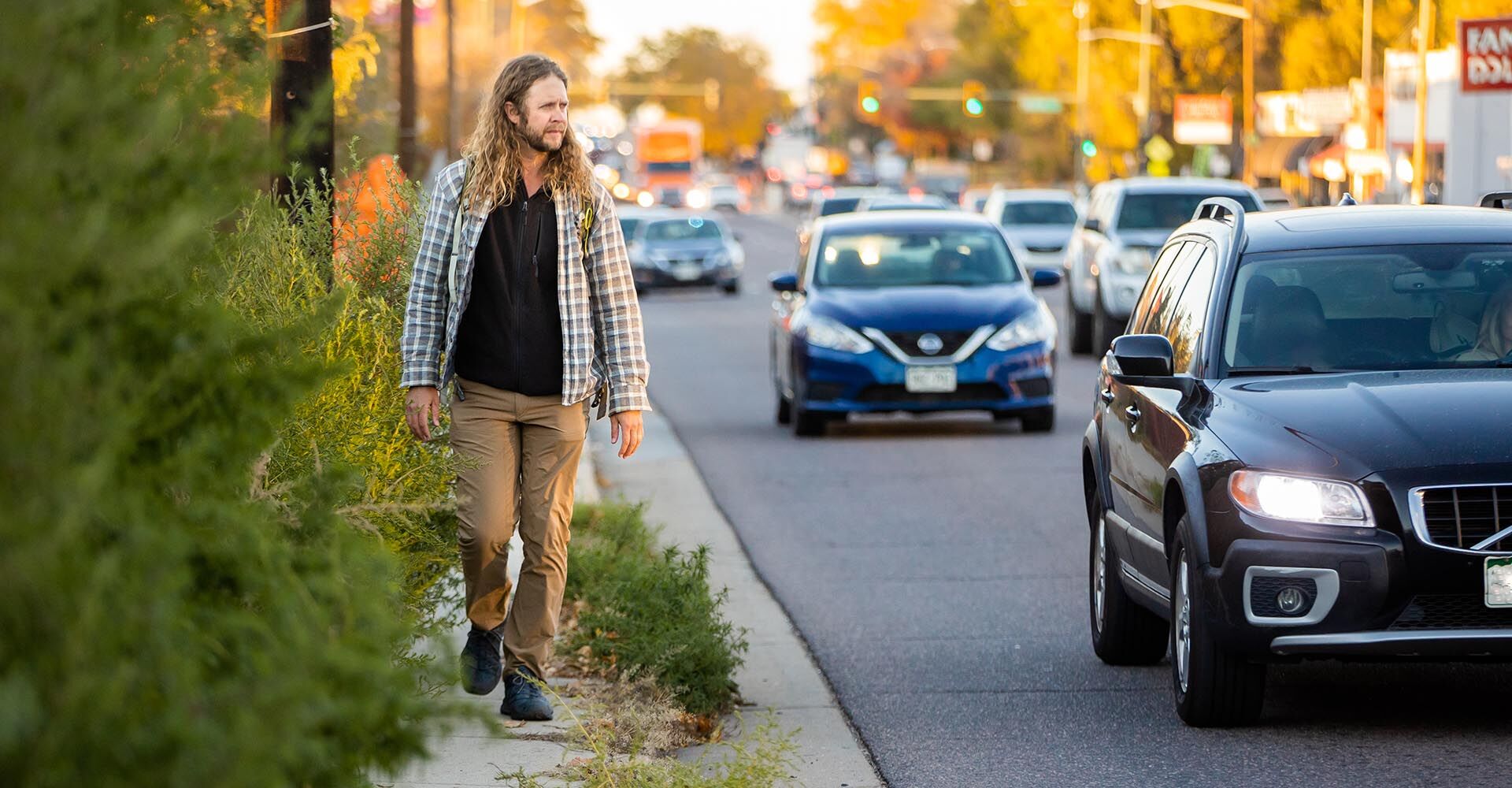
Over the past twenty years, experts from across the academic spectrum have begun to seriously reconsider our nation’s suburban mode of development. And rightfully so, as the contributions of suburbia to American social problems are numerous. Car-centric development is the culprit of America’s ever-increasing transportation emissions, fueling a climate crisis that threatens our most vulnerable populations. Meanwhile, the lack of social connectivity caused by sprawl has exacerbated isolation, depression, and antisocial behavior among suburban residents, not to mention the increased obesity and heart problems created by our unwalkable environments. Most importantly, thousands of Americans die per year in car accidents and pedestrian collisions as a result of civil engineering codes that treat every side street like a highway. It’s clear that American suburban sprawl is nothing short of a public emergency. In response, many experts embrace theories of new urbanism, which advocate for dense, walkable neighborhoods and a less car-centric mode of development.
We as citizens suffer the effects of poorly designed sprawl daily. Growing up in the suburbs, I’d often hear people complain about their inability to walk to a nearby grocery store or about the dangers of the roads. Yet for the most part, these everyday frustrations have not translated into any public demands for change, even as experts promote new urbanism as a solution. Why is this? It’s because new urbanism has an advertising problem. Born largely as an academic concept, new urbanism has yet to make the jump into widespread social consciousness. Media representation is critical to public awareness, and for the most part new urbanism has failed at properly representing itself. Traditional content created by novelists and researchers of the city like Jane Jacobs are lauded by planners and advocates alike, but if you went up to someone on the street and asked them who Jane Jacobs was, odds are they’d look at you with the blankest expression possible. As much as I love to consume this content myself, one cannot reasonably expect an ideology to gain traction by requiring people who have jobs, families, and other interests to read 600-page books. Like all social movements, new urbanism needs a form of common expression that people can identify with and grow a passionate community around.
Recently, this has begun to change. The recent rise of city-focused content channels on TikTok and YouTube has provided a platform for people to engage with new urbanist ideas relevant to their own lives free of academic jargon and elitist gatekeeping. Below, I examine a few of these channels and their contributions to the rise of new urbanism in social consciousness.
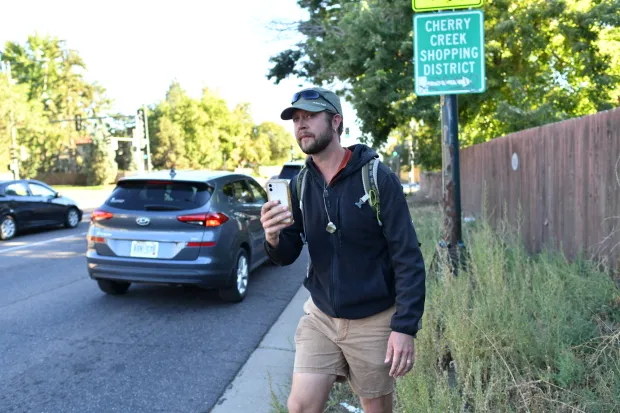
Pedestrian Dignity (TikTok): Place-Based Awareness
Pedestrian Dignity is a TikTok account run by pedestrian advocate Jonathon Stalls of Denver, Colorado. With over 92,000 followers, Stalls has amassed quite a platform with an accessible and easily replicable form of content: walking. In his short-form videos, Stalls walks the streets of Denver, pointing out missing or broken sidewalk infrastructure and highlighting the racist and ableist practices that lead to inequities in pedestrian access. The short format and Stalls’ down-to-earth attitude make the videos easy to digest, increasing the accessibility of his message. Most notably, Stalls’ videos are engaging because the viewer can easily connect the content of the video to places in the viewer’s life. Open the comments section of any of his videos and you’ll see what I mean- thousands of commenters from around the country share stories about the dangers of walking around their local neighborhoods.
So much of the pedestrian experience in American suburbs is characterized by unconnected walking paths with little separation from the loud, noisy, and dangerous roads nearby. Finding that suburbs are inherently unwalkable is a collective experience many of us share; The beauty of Pedestrian Dignity is that the videos draw our attention to the specific characteristics of the built environment that make the experience so unpleasant, provide us with the language needed to express our dissatisfaction, and encourage us to advocate for pedestrian-focused policy in our own cities. These 30-second TikToks enhance our place-based awareness and give us a better understanding of how sprawling development harms our own lives.
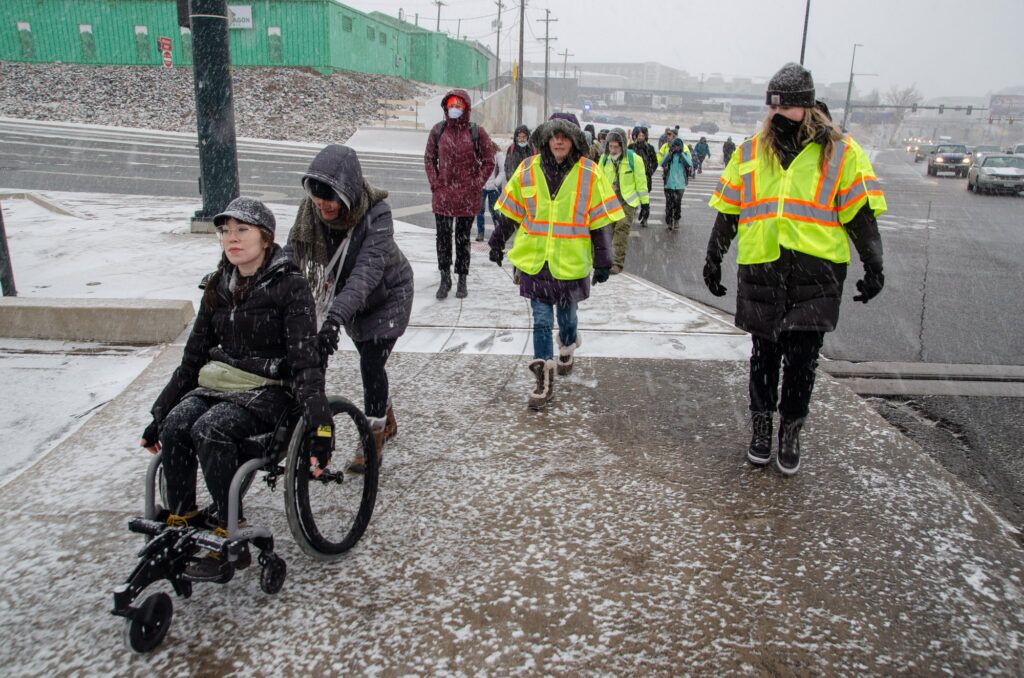
Mr. Barricade (TikTok): Democratization of Technicality
The man behind Mr. Barricade, Vignesh Swaminathan, is quite possibly the most charismatic civil engineer of all time. That’s a low bar to clear, I know. Still, Swaminathan’s energy and enthusiasm for designing more sustainable cities has helped him to grow a fanbase of 1.4 million people on his main account. Mr. Barricade documents infrastructural projects constructed by his consulting firm, Crossroad Labs. The intention of these projects is to create a safer environment for pedestrians and cyclists through small-scale changes such as grade-separating bike lanes, implementing curb extensions for crosswalks, and strategically placing bollards and reflective paint to deter cars from entering pedestrian zones. In each video, Swaminathan walks the viewer through the challenges and triumphs of designing his projects, explaining the thought processes behind construction. His videos are technical, but they still attract thousands of views because they provide a succinct explanation for elements of the built environment that we take for granted in our everyday lives.
Whereas PedestrianDignity focuses on the failures of car-centric urban design, Mr. Barricade is more solution oriented. He informs the viewer of practical improvements that could be implemented in cities across the nation. Not only does he inspire the next generation of civil engineers to rebel against the status quo, he also democratizes urban planning by educating non-specialists on what safe street design looks like. Swaminathan avidly encourages his viewers to participate in local planning councils and design meetings, encouraging a form of democratic participation that is often forgotten by regular citizens and dominated by antagonistic developers and homeowners. This kind of mass democracy-from-below can have an immensely positive effect on the future street designs of our cities.
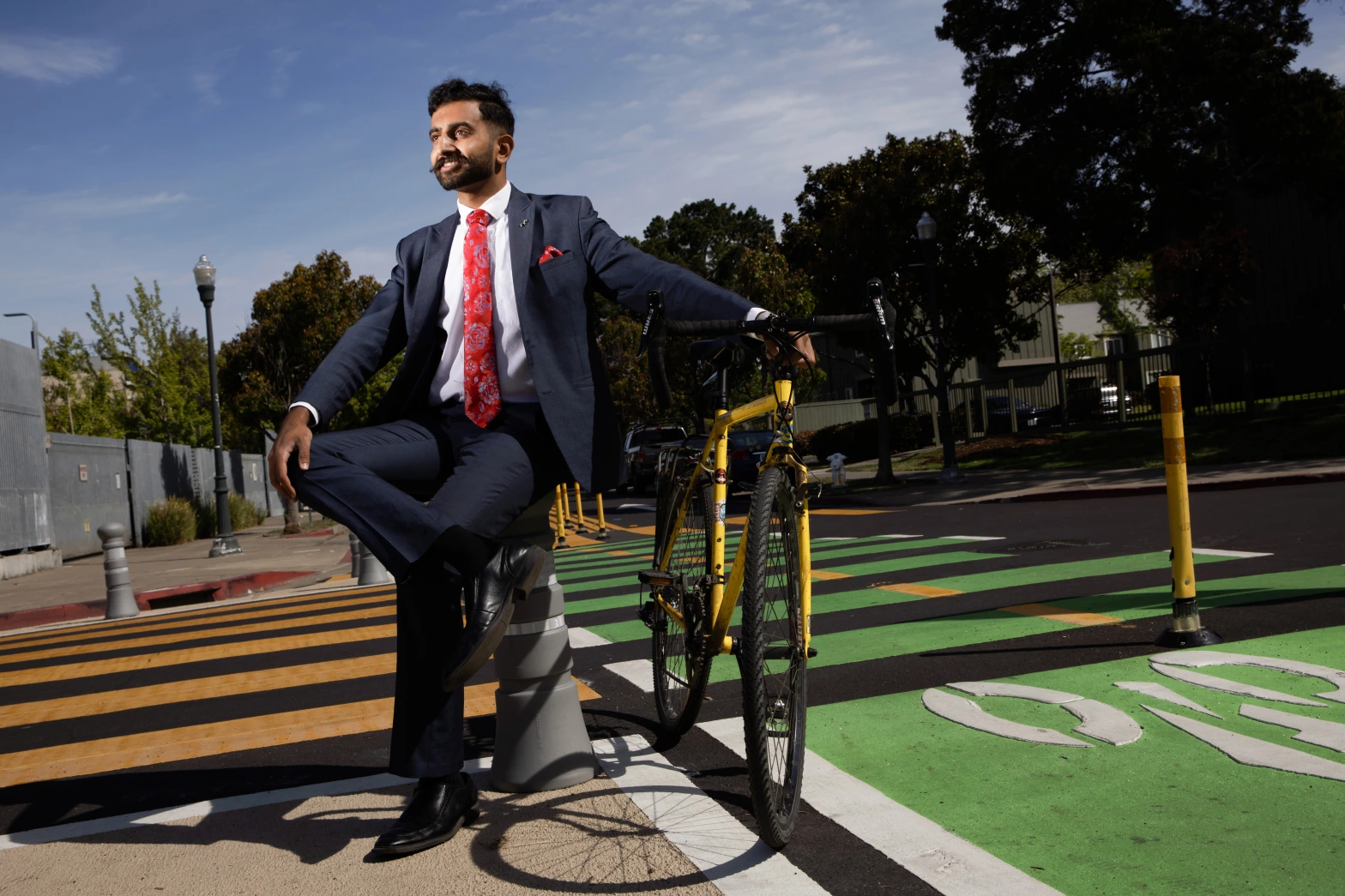
City Beautiful (YouTube): Demystifying Regional Planning
Perhaps the most established creator of this group, Dr. Dave Amos has been uploading content to his YouTube page for almost five years. An assistant professor at Cal Poly SLO, Amos seeks to study nationwide trends such as freeway widenings, urban sprawl, and public housing projects both in his classes and in his videos. Amos’ content is effective because it is intentionally designed to ignite curiosity in those who are not already engaged with new urbanist content. By structuring his videos around broad questions like “Why did cities build downtown malls?” or “Where did the rules of the road come from?”, Amos draws in viewers with diverse backgrounds and interests. His obvious energy and passion for exploring urban design keeps us coming back for more, and he inspires viewers to build upon their newfound interests by engaging with more complex topics found in his lengthier videos. It’s a perfect example of a YouTube ideological pipeline, but in a good way.
City Beautiful lives up to its name in that Amos truly portrays the beauty of cities. Unlike the previous two examples, Amos does not rely heavily on phone camera footage. Instead, he makes liberal use of graphics and animations that he designs himself to visually simplify complex topics. His videos on zoning best illustrate this skill. Zoning codes are some of the most unintuitive pieces of writing I’ve ever seen. Sitting in front of a zoning map and trying to figure out what’s going on can be incredibly intimidating. Yet by graphically breaking down each land use into pieces and explaining how they all fit together, Amos manages to turn one of the most confusing parts of planning into something anyone could understand. The complex theoretical nature of traditional planning content confined it to academic spheres, but creators like Amos are making urbanism accessible to all.
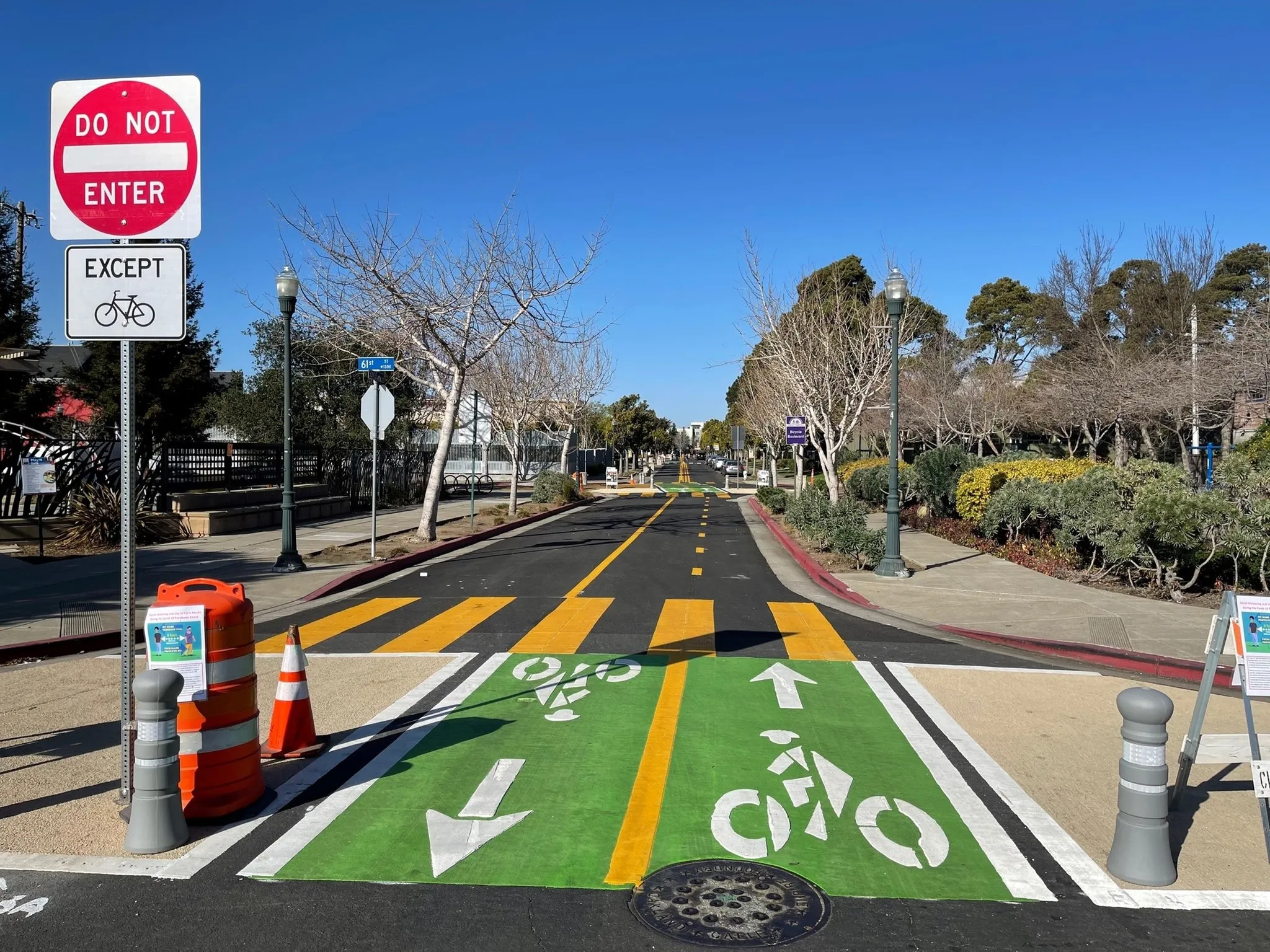
Johnsonator (TikTok): Marginalization in Cities
Part of the new urbanism advertising problem is the field’s hesitation to view urban design solutions through an explicitly anti-racist, antisexist framework. True, popular books like The Color of Law by Richard Rothstein document the ways in which suburbanization and car-centric development has been historically used to segregate cities, and there’s no shortage of academic papers studying the disproportionate impacts of pollution and car collisions on women and minorities. But the loudest voices within the community often fail to articulate ways in which grand ideological solutions like transit-oriented development can play a role in desegregating America or creating a city that centers the experience of women. That’s because traditional urbanist content is dominated by the same white patriarchy that created civic systems of inequity in the first place. For all its benefits, even the new urbanist online sphere described throughout this article is a predominantly white, almost exclusively male endeavor.
Nia Johnson stands out from this crowd because of her boldness in calling out racist and sexist practices both within status quo urban development and within the online community that is trying to fix it. An MBA candidate at Columbia Business School, Johnson has earned a small but devoted following on TikTok for her short explanatory videos reframing issues such as land-use regulation and gentrification through the perspective of those who are impacted the most. She draws a fine line between urban development that creates an inclusive community for all, and that which seeks to line developers’ pockets with cash under the guise of investment. Furthermore, many of her videos focus on ways in which women are left out of modern planning processes, from the implicit reproduction of the nuclear family model to the lack of safety on many urban public transportation systems. Johnson’s videos are effective because her style is simple and personable: she sits in front of her camera and speaks nothing but facts for a minute or less at a time. In addition to creators which reproduce popular new urbanist ideas like PedestrianDignity and Mr. Barricade, we also must look to those like Johnson who seek to challenge our preconceived notions of what a city should be.
Conclusion
Growing up in the suburbs, I felt trapped by an over-protective, uninteresting built environment that kept me from establishing my own agency. I didn’t find the language to articulate my frustration until I stumbled upon an early YouTube video about suburbanization and racial segregation. I can’t possibly remember how I found that video, but I’m sure glad I did, as it launched a passion that continues to this day. While seminal texts like The Death and Life of Great American Cities or Suburban Nation are fantastic books for reframing and refining knowledge of the city, online content is much more accessible, intuitive, and understandable to those who are beginners in the field. It has the power to turn a formerly niche topic into a nationwide social movement, and the creators mentioned in this article are solving new urbanism’s advertising problem by helping to make that a reality.